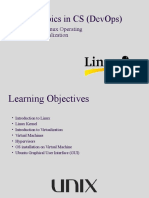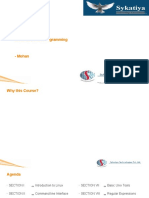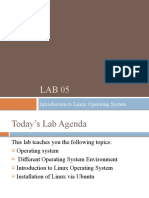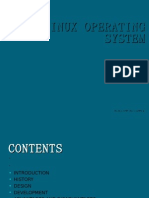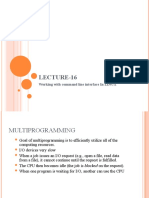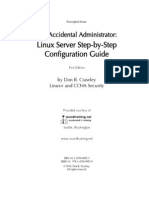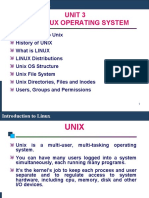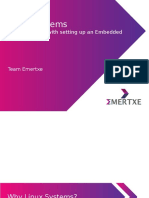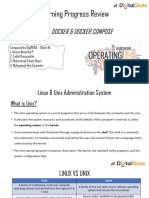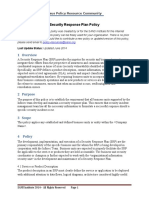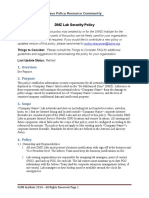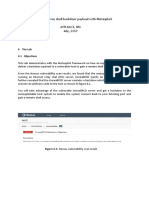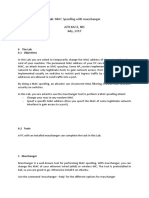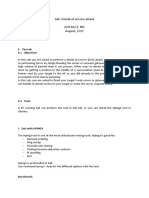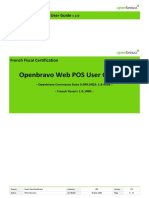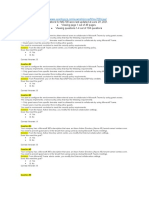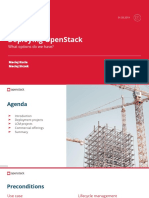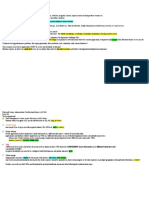0% found this document useful (0 votes)
84 views44 pagesLinux Basics for Beginners
The document provides an introduction to Linux, including:
- A brief history of how Linux was created as an open-source alternative to expensive UNIX operating systems
- Explanations of key Linux terminology like kernel, distribution, and server
- An overview of the Linux file system hierarchy standard (FHS) which defines the standard directory structure for Linux systems
Uploaded by
AreefCopyright
© © All Rights Reserved
We take content rights seriously. If you suspect this is your content, claim it here.
Available Formats
Download as PDF, TXT or read online on Scribd
0% found this document useful (0 votes)
84 views44 pagesLinux Basics for Beginners
The document provides an introduction to Linux, including:
- A brief history of how Linux was created as an open-source alternative to expensive UNIX operating systems
- Explanations of key Linux terminology like kernel, distribution, and server
- An overview of the Linux file system hierarchy standard (FHS) which defines the standard directory structure for Linux systems
Uploaded by
AreefCopyright
© © All Rights Reserved
We take content rights seriously. If you suspect this is your content, claim it here.
Available Formats
Download as PDF, TXT or read online on Scribd
/ 44







